Disaster Recovery Site: An Inside Look at My Homelab
Today I will be giving an overview of my Homelab Disaster Recovery site, what do I have for Storage, Compute, and Networking
DR DC
4/20/20232 min read
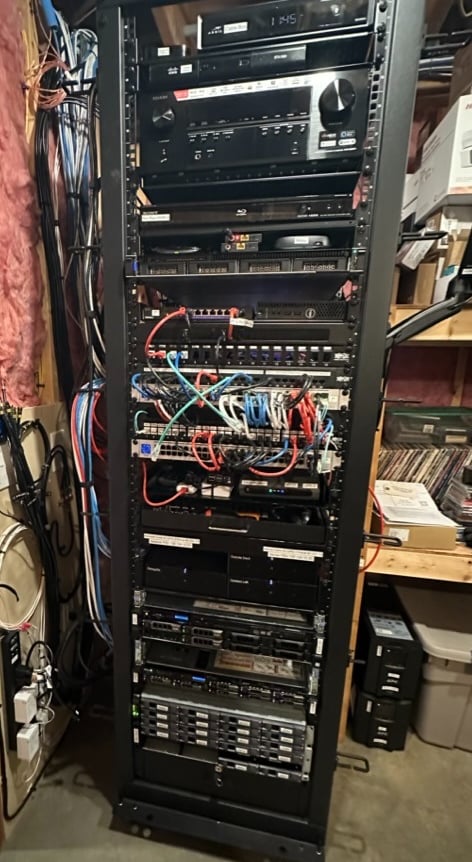

Introduction
Welcome to my homelab! In this blog post, I'll be sharing the details of the servers, storage devices, and rack setup that I have in my setup. Whether you're a fellow homelab enthusiast or simply curious about the technology behind it, I hope you find this information interesting and informative.

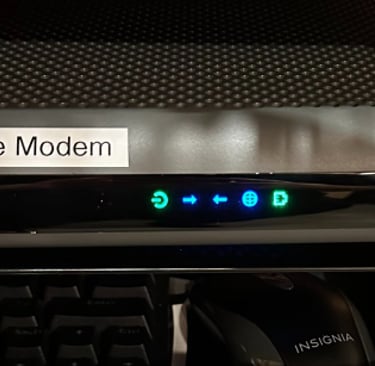
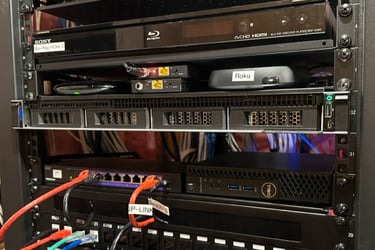

Internet
1000/35mbps cable internet
RG11 coax feed to IDF then RG6Q to MDF splitter
Router
Dell PowerEdge R240 OEM
Intel Xeon E-2144G 4 core 8 thread
8gb ECC RAM
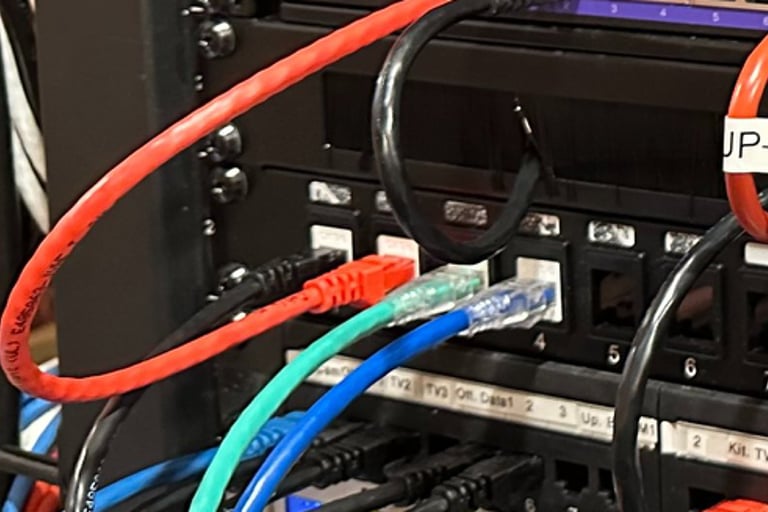



Switching
Switch 1 & 2
Unifi US-48-POE
32 POE ports
4-1gb SFP
Switch 3
Cheap Trendnet unmanaged 2.5gb switch
not in use until I get a 10gb core switch to connect this too because it cant pass vlan traffic through it
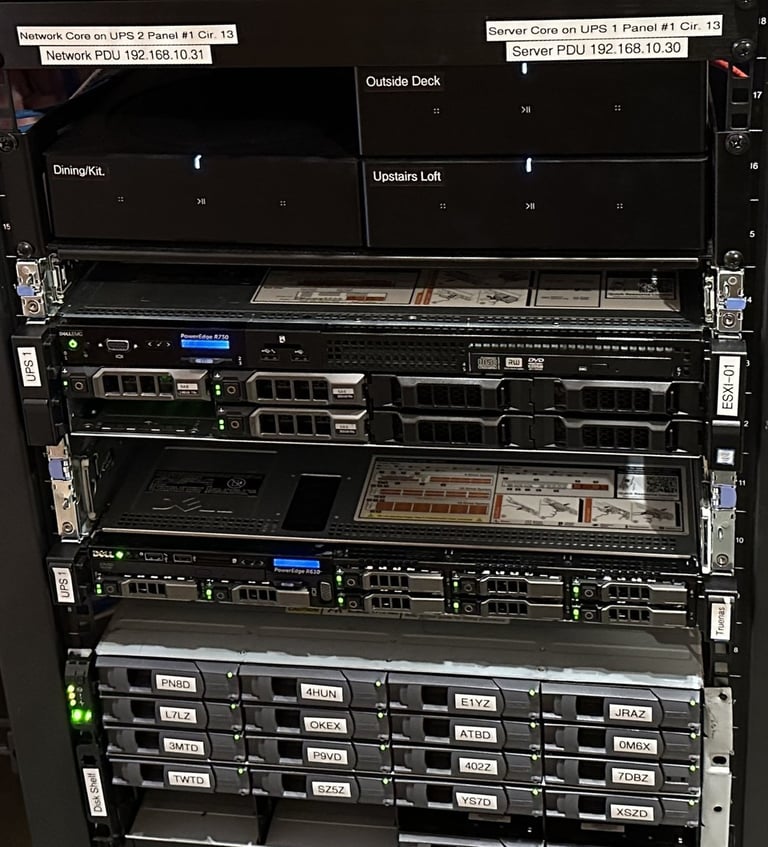

Compute
1 Dell PowerEdge R730 2U Server, running VMware ESXI 7.0.3
I don't have an HA or Stretched cluster here its just a single licensed ESXI host running most of the same services as my primary ESXI host. Specs.
Dell PowerEdge R730
8x3.5" hot swap SAS/SATA bays
2 Intel Xeon E5-2667 v3 8 core 16 thread each



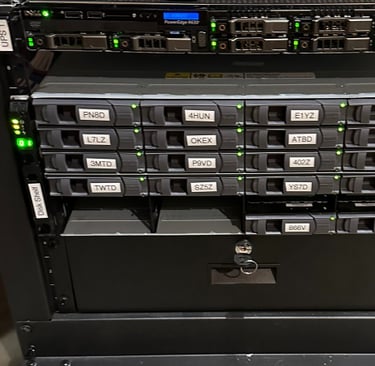
Storage
For Storage I have a Dell PowerEdge R630 server, which is equipped with two 6-core low power Intel Xeons and 240GB of mixed ECC RAM. Connected to a NetApp DS4243, 24-bay disk shelf
The server is running on TrueNAS Core. The disk shelf consists of 14 10TB SAS drives, organized into two RAID Z1 configurations for improved speed and redundancy. This configuration provides a 117TB usable space. Additionally, the setup allows for two drive failures in separate vDEVs without any data loss.
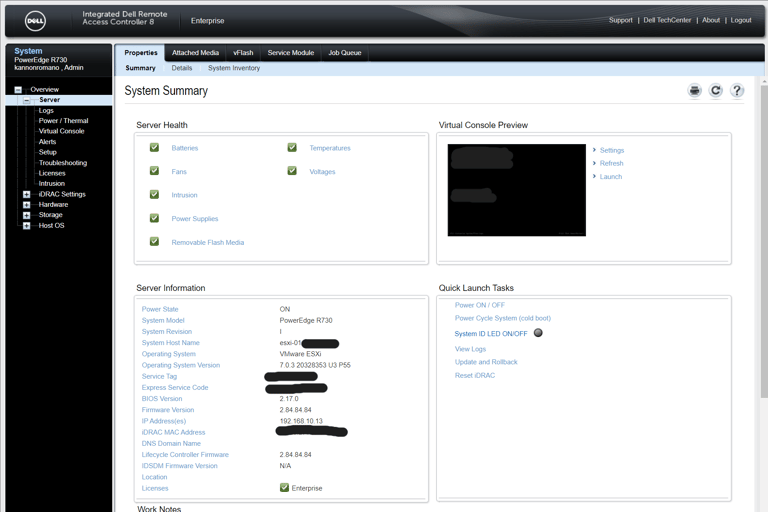

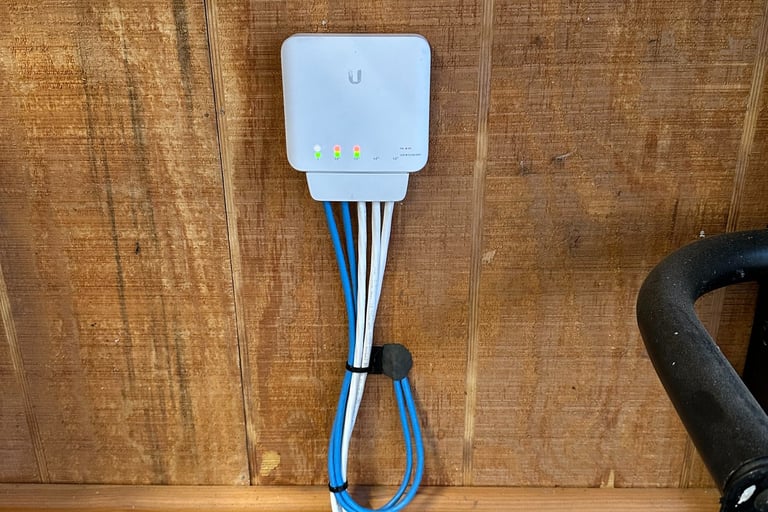

Also have a couple Unifi flex switches around the house for spots that I only have 1 network drop and I need to connect multiple devices.
In this case this flex switch is powered by POE++ and is capable of powering 2 POE cameras off its other ports.
